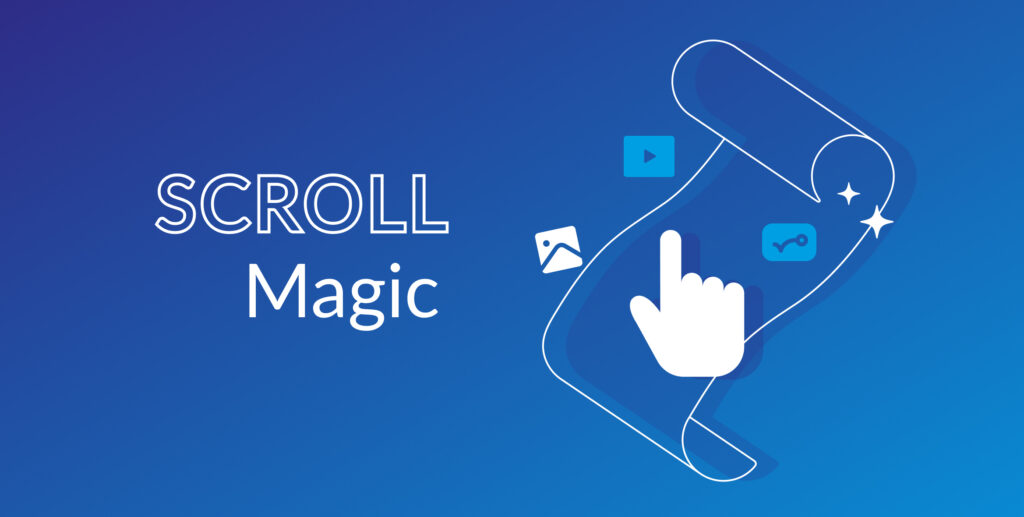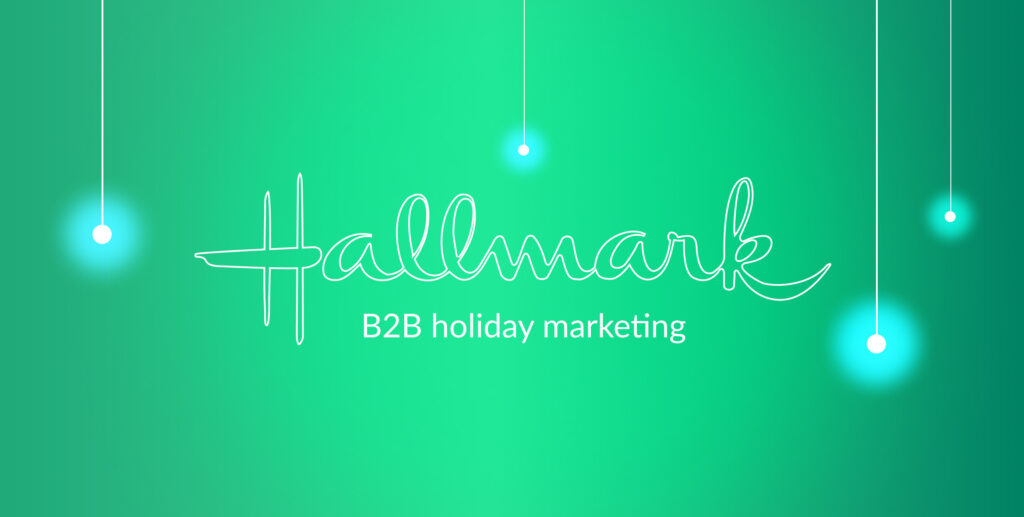It is well established that good content builds interest, generates traffic, and plays a major role in the decision-making processes of B2B buyers. For tech B2B in particular, where these assets are often highly specialised, making your ideas clear and your messaging straightforward can help capture the interest of your audience and progress them through the marketing funnel.
With all of us coming across huge amounts of information every day, successfully vying for audience attention requires that what you put out there not only be interesting and relevant but – above all – easy to understand. Blogs, case studies, videos, infographics and other assets that fail to capture attention from the get-go risk losing out to more accessible content that does.
With this in mind, here are five tips for making your tech content easy to understand to ensure you engage your audience.
1. Use simple language and structure
While there are many ways to improve the simplicity of your content, none will have a bigger impact than focusing on the language and structure itself. Regardless of the media type, you need to think about what will make for effective communication that your audience will understand. In this sense, being easy to understand does not mean limiting the scope of your ideas but, instead, finding the most efficient way to articulate them.in
Ultimately, clear and concise language will more successfully convey brand messaging and concepts than anything else. So, avoid jargon and difficult word choice where possible and prioritise simplicity. Likewise, when it comes to structure, help your audience by breaking up ideas into discrete sections. If you can organise an idea into smaller, digestible chunks (like in a numbered list, for example) this will make things clearer and express your messages more effectively.
2. Use visuals
Just as you can break up your content with good structuring, you can also help your audience tackle complicated ideas through the use of visuals. In many instances, inserting a diagram or image can more effectively explain a concept or convey a message than written word. But visuals also hold significant advantages in retaining your audience’s interest.
In fact, visuals are proven to receive higher engagement than text alone, with a recent study finding that 95% of B2B buyers prefer visual assets. While infographics tend to be the most popular type of visual, it is also worth looking at stock photos, charts and original graphics. Each of these can make your content more straightforward, whether that be by helping visualise data or distilling large ideas into an easy-to-read diagram.
Take a look at EarlyBird’s landing page for example. Rich with visuals and great use of white space, their website improves the customer’s journey in terms of readability and user experience
3. Experiment with different formats
While pivoting towards visuals in your content (if you haven’t already), it is also worth recognising the value of other media types. Instead of defaulting to the standard blog post, think about other options that might be more comprehensible and engaging. In many instances, there may be less obvious choices to act as vehicles for your campaign objectives and that audiences will meaningfully respond to.
A recent survey we conducted into tech marketing trends found that video was ranked as the most useful content type (according to 53% of respondents), with the additional benefit of being the most likely to be shared (according to 61% of respondents). With this in mind, you should explore different video formats – chalk talks, webcasts, talking heads, demos, webinars – to see if they have something new to offer a particular topic or campaign.
4. Consider your audience
A common pitfall for tech B2B brands serving multiple verticals is that their content aims at too broad a target audience. Ultimately, what is comprehensible for one of their segments may be entirely baffling to another. As such, it’s important to know who you are trying to speak to and niche down on your target audience; you will better deliver on their requirements and enhance results.
For instance, if one of your audience segments is primarily ingrained in engineering or product then you can assume a base level of knowledge and become more technical. Likewise, if another is rooted in operations or is a non-technical audience, then you should pivot closer to solution-based messaging. In part, this will be informed by where in the funnel your content will sit, but being easily understandable means narrowing your focus and not trying to speak to everyone at once.
5. Understand search intent
Now that you know who your audience are, it is important that your content actually speaks directly to their needs. Here it is instrumental to look not only into search intent (to see what your audiences are searching for) but session duration and page views to see which asset types are really driving engagement.
Using these insights, you can optimise your strategy about which content types and keywords to use based on a proven track record. This will help drive potential leads to your site and enable you to directly respond to their search queries, giving them what they want up front.
If you would like help in simplifying your content to create a highly effective B2B content marketing strategy, please get in touch at hello@isolinecomms.com.
Photo by Genadi Georgiev on Unsplash



